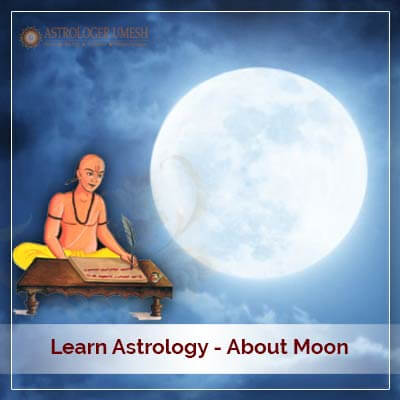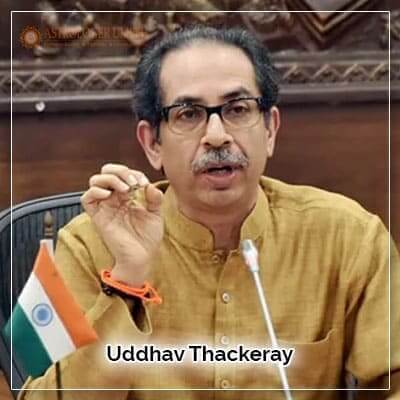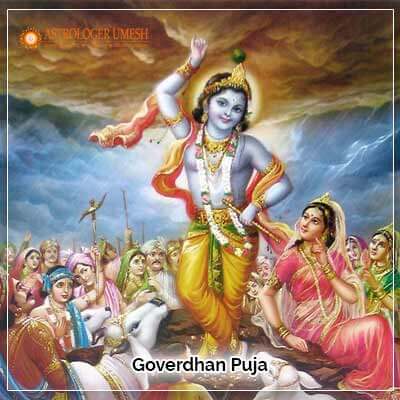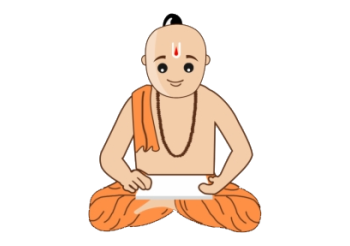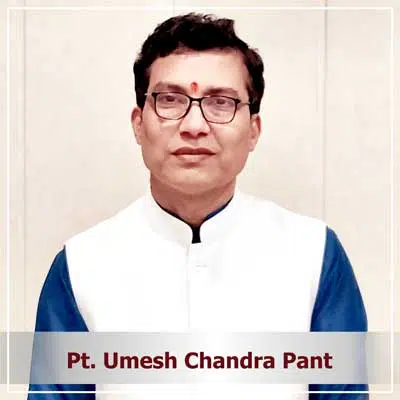Vastu Purush
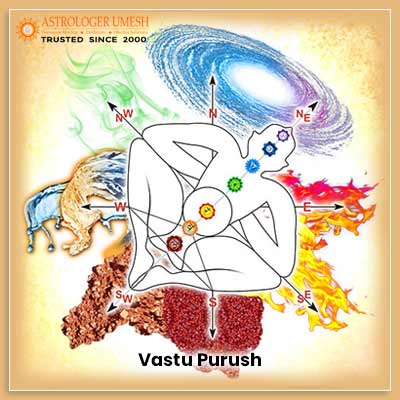
What Is Vastu Purush?
According to Vrihatsanhita, the knowledge of Vastu was passed down to sages from Lord Brahma. It is believed that once upon a time there was a demon who terrorized earth and sky. Fed up by the monstrosity of the demon, all the Gods, out of sheer rage, pinned the demon face down on earth, stood there, and laid their dominion on the surrounding area. Lord Brahma named that demon Vastu Purush, declaring him as venerable by mortals on earth and their construction works would be deemed auspicious and successful only after commemorating and venerating Lord Vastu Purusha.
How Is Vastu Purusha Conceptualised?
Vastu Purush was conceptualised as someone lying face down, with his head facing north, shoulder facing north-eastern side, elbows facing north-western and the mid-position toward the east-southern side. Facing the south-western direction of Vastu Purush are both legs joined together, touching the soles. According to how Vastu Purush is conceived, its belly rests in the middle of the plot/spot called Brahmasthan (a special central zone in a building).
Elevate Your Space: Vastu Suggestion and Remedies for Harmony.
Vastu Purush As A Lord Of All Padas
Each and every plot has a certain organ of Vastu Purush. In any plot plan, there is always a presence of Vastu Purush whether a parcel of land is subdivided into a quadrangle of 100, 81, or 64. Moreover, each right-angular subdivided land called Pada entails the presence of Vastu Purush.
Vastu Purush is the lord of all the padas.
The Form Of Vastu Purush
Vastu Purush is modelled into a curvy shape, with an uplifted back. According to this belief, Vastu Purush is conceived in all padas of plots, keeping in mind to ensure that each pada is covered by a certain form of Vastu Purush.
The ruler of each pada becomes the lord of diverse forms of Vastu Purush.
Apart from Vastu Purush, Lord Vishwakarma is another divine being who maintains the technical aspect of Vastu shastra is an architectural drawing of a plot/site. The legend has it that Lord Brahma appointed Lord Vishwakarma to assist Prithu, the world’s first king, and forbid him not to overexploit the earth wilfully, rather do his duty by paying heed to the counselling of Vishwakarma.
Lord Brahma created a cosmic power in the form of Vishwakarma who maintained the technical aspect of a site’s construction without being remotely fearful of royal punishment. Thus, the world’s first city planner was assigned to implement (architectural) regulations. It was also a task to divest the individual plots by manifesting the materialistic form of Lord Brahma, consistent with the nature of 45 gods ensconced in the sites.
The task of creating an architectural beauty by ensconcing the divinity in lifeless plots was extremely difficult.
Plan-wise, we quest the origin of the Vastu Purush chakra in Vedic traditions.
Vedic Fire Altar, Its Creation, And Methods Associated With It
Vedic fire altar is believed to be the genesis of Indian arts of creating buildings. The rituals of Indian Yagna are still based on the time-honoured conduct of donating something of monetary value to the divine lord, also known as Aahuti.
To set a fire altar involved a special set of rules and rituals in those times. From choosing a site and its methodological analysis to brick selection and fomentation, these were the mandatory parts of a fire altar.
These were the methods that eventually led to the formation of architectural rules later on. Apart from creating a Vedika (altar) and choosing other key materials, setting up Yup was also one of the mandatory processes. The setting up of Yup gave birth to the concept of establishing a central post, later.
Along with the development of general rules for architecture, it was essential to involve them in moral ethics. It is like the Indian principle in which every deed or architectural construction is given the foundation of philosophy to increase its religious significance, thereby creating presentable beautification evoking a divine manifestation. A common man is a god-fearing individual. Therefore, it is easy to make them toe the lines. The significance of Vastu Purush outweighs the importance of contemporary town planners.
Conclusion
The rules of Vastu shastra were state-bound. However, since the period of Rigveda, their philosophical structures remained intact. The mantra used for commencing Vastu in Rigveda right from the beginning is now in practice as a Vastu Purush.
However, it should be born in mind that even though the creation of Vastu Purush was from demonic to divinity and he had to seek the assistance of Lord Brahma to attain the full-fledged status of divinity, it didn’t convince the gods, who continued to dominate a certain part of Vastu Purush pinned face down to earth. That has still not gone away.
In Vastu Purush, if there is a construction in a pada that is against the rules, the lord of that pada turns inimical contrary to its nature and gives malefic results. On the other hand, if the construction follows the discretion of the lord of a pada, it gives out positive results, characteristically. Get Astrology Services by our Best Astrologer In Delhi at the most affordable price, to suit your needs and budget at the same time.
Must Read:
Introduction To Vastu Shastra and Importance And Objectives Of Vastu Shastra











